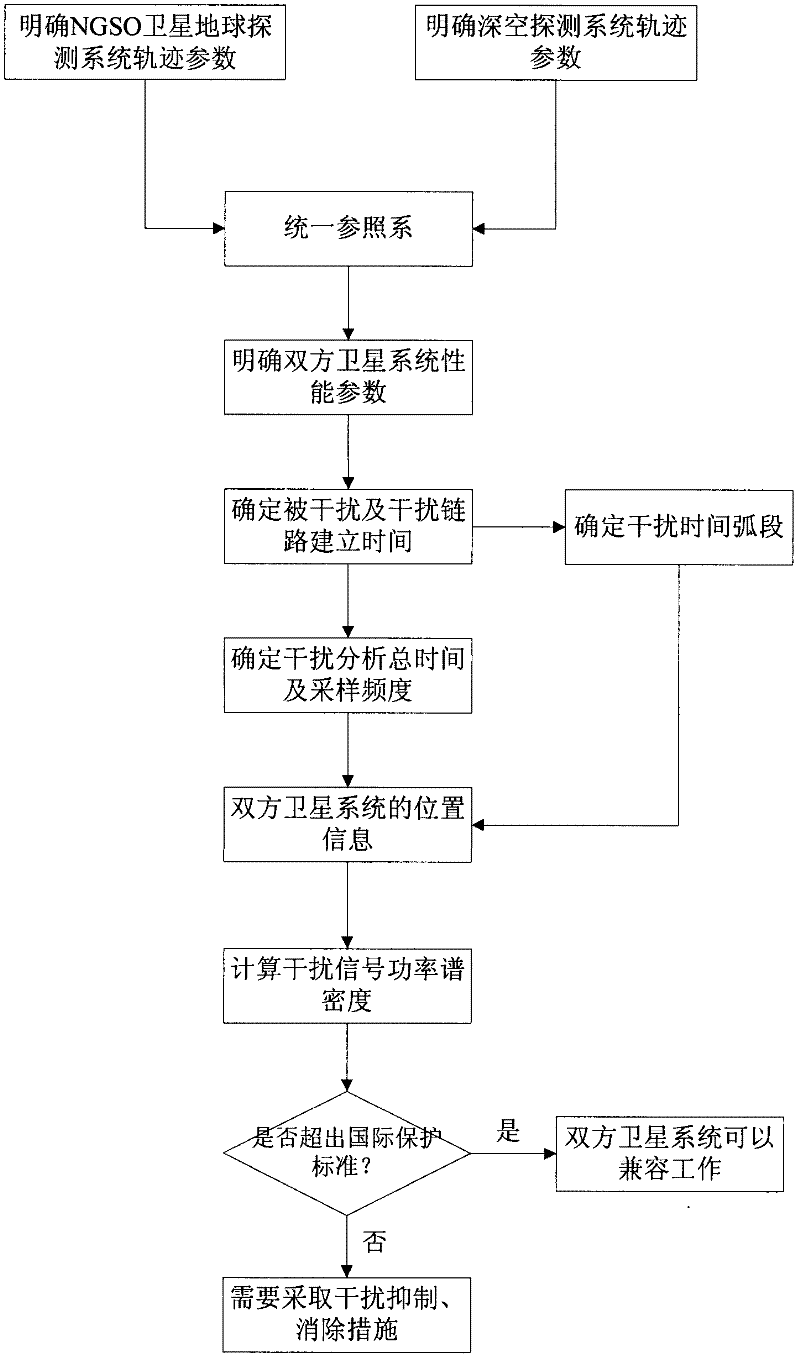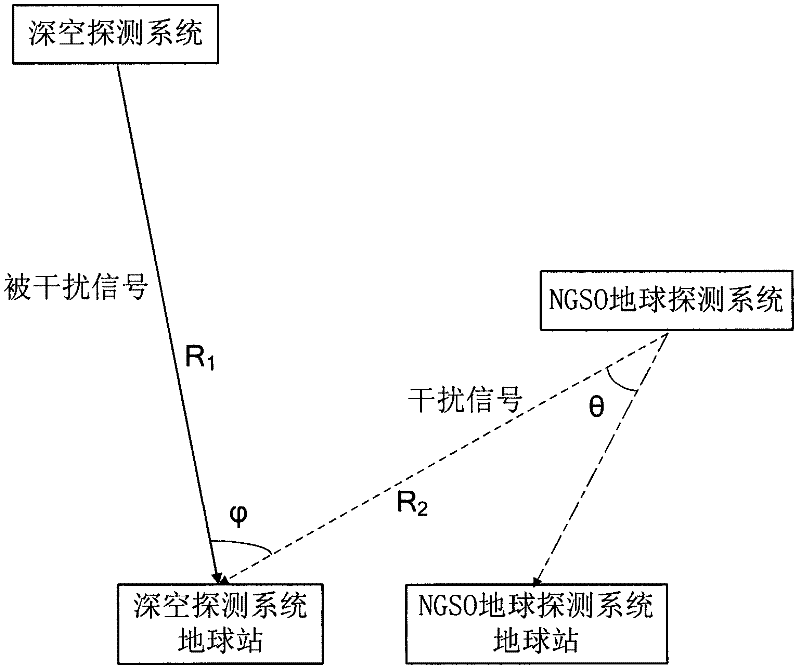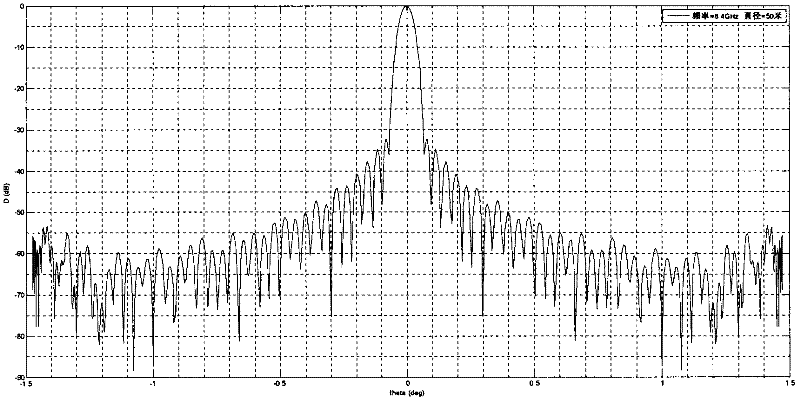Method for determining interference from NGSO satellite earth detection system to deep space detection system
A deep-space detection system and detection system technology, applied in the field of interference determination, can solve problems such as lack of unity and weak research on co-frequency interference problems, and achieve the effect of easy engineering implementation and improved anti-interference ability
- Summary
- Abstract
- Description
- Claims
- Application Information
AI Technical Summary
Problems solved by technology
Method used
Image
Examples
Embodiment 1
[0065] The schematic diagram of the interference model of the NGSO satellite earth exploration system to the receiving system of the Mars exploration earth station is as follows figure 2 shown. Among them, the earth station of the satellite earth detection system receives the transmission signal from the satellite earth detection system, and the earth station of the deep space detection system receives the transmission signal from the deep space detection system. Since the transmitting antenna of the satellite earth exploration system also has a certain gain in the direction of the earth station of the deep space exploration system, the interference signal is received by the earth station of the deep space exploration system. This interference is determined using the method of the invention.
[0066] 1. Clarify the trajectory parameters of the two satellite systems
[0067] The trajectory parameters of NGSO satellite Earth exploration system and Mars exploration system are ...
PUM
 Login to View More
Login to View More Abstract
Description
Claims
Application Information
 Login to View More
Login to View More - R&D
- Intellectual Property
- Life Sciences
- Materials
- Tech Scout
- Unparalleled Data Quality
- Higher Quality Content
- 60% Fewer Hallucinations
Browse by: Latest US Patents, China's latest patents, Technical Efficacy Thesaurus, Application Domain, Technology Topic, Popular Technical Reports.
© 2025 PatSnap. All rights reserved.Legal|Privacy policy|Modern Slavery Act Transparency Statement|Sitemap|About US| Contact US: help@patsnap.com



